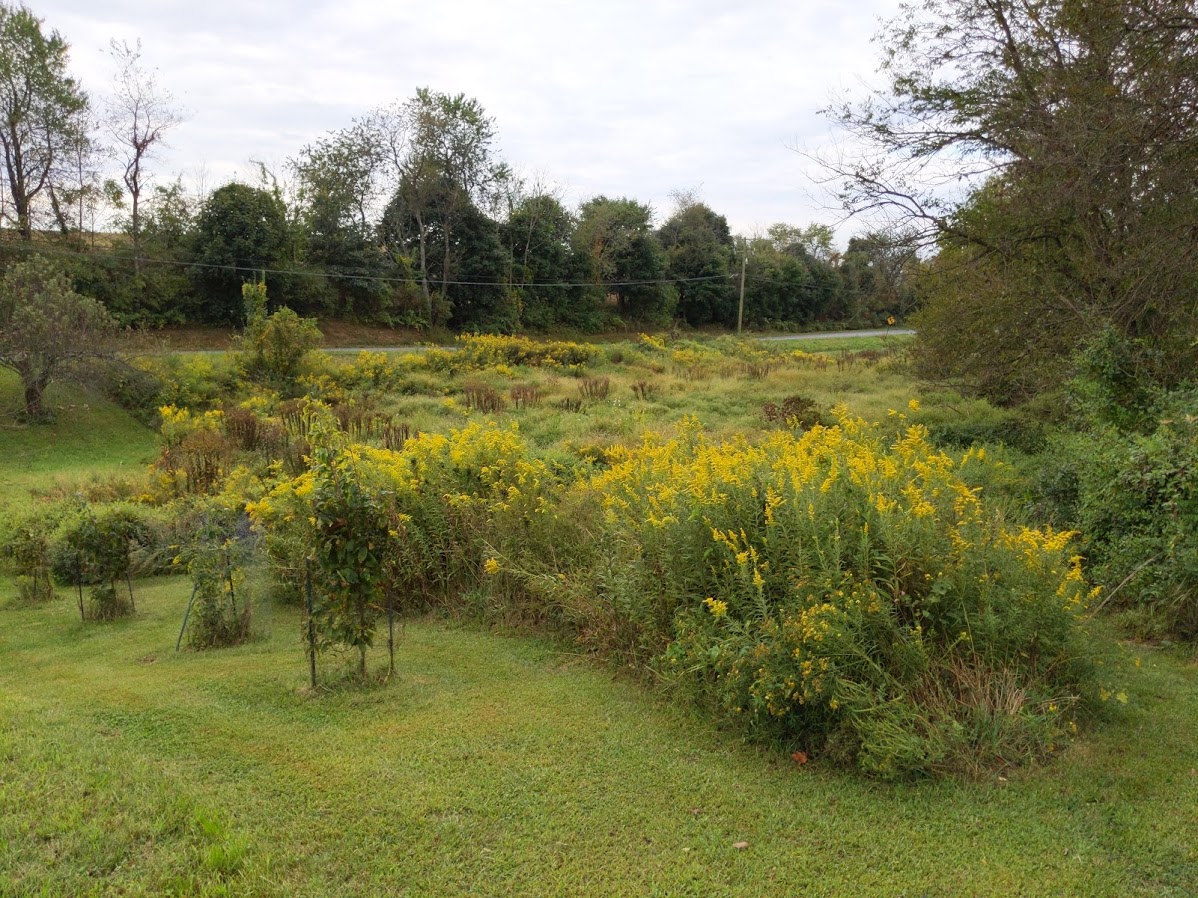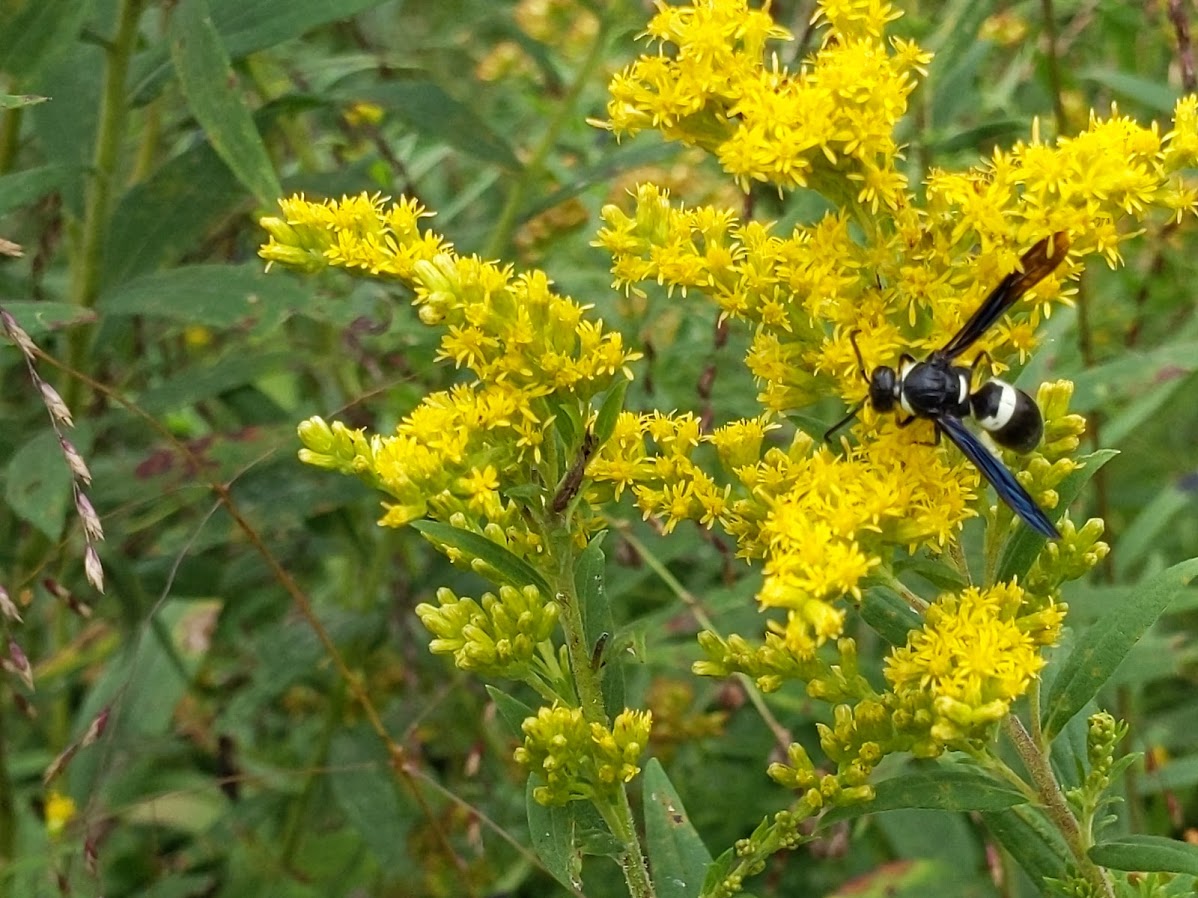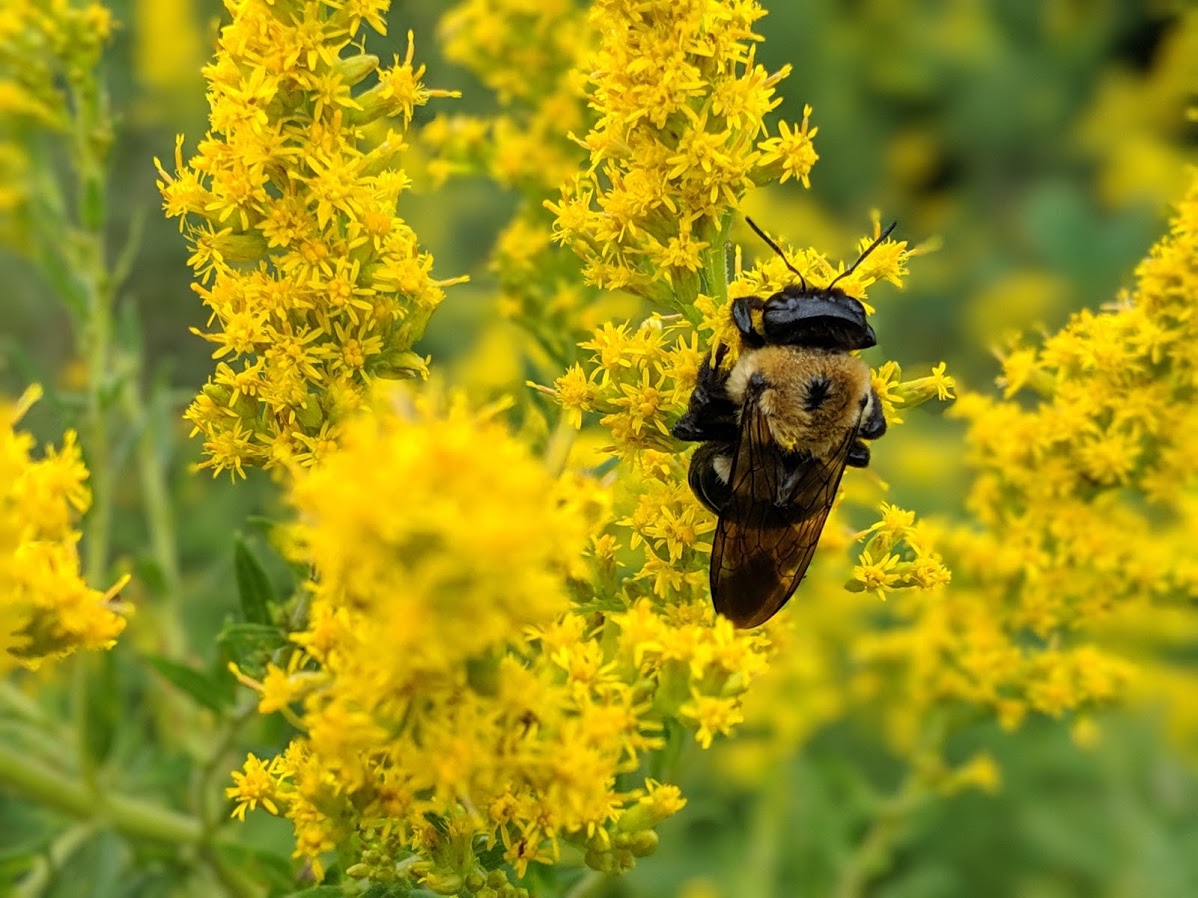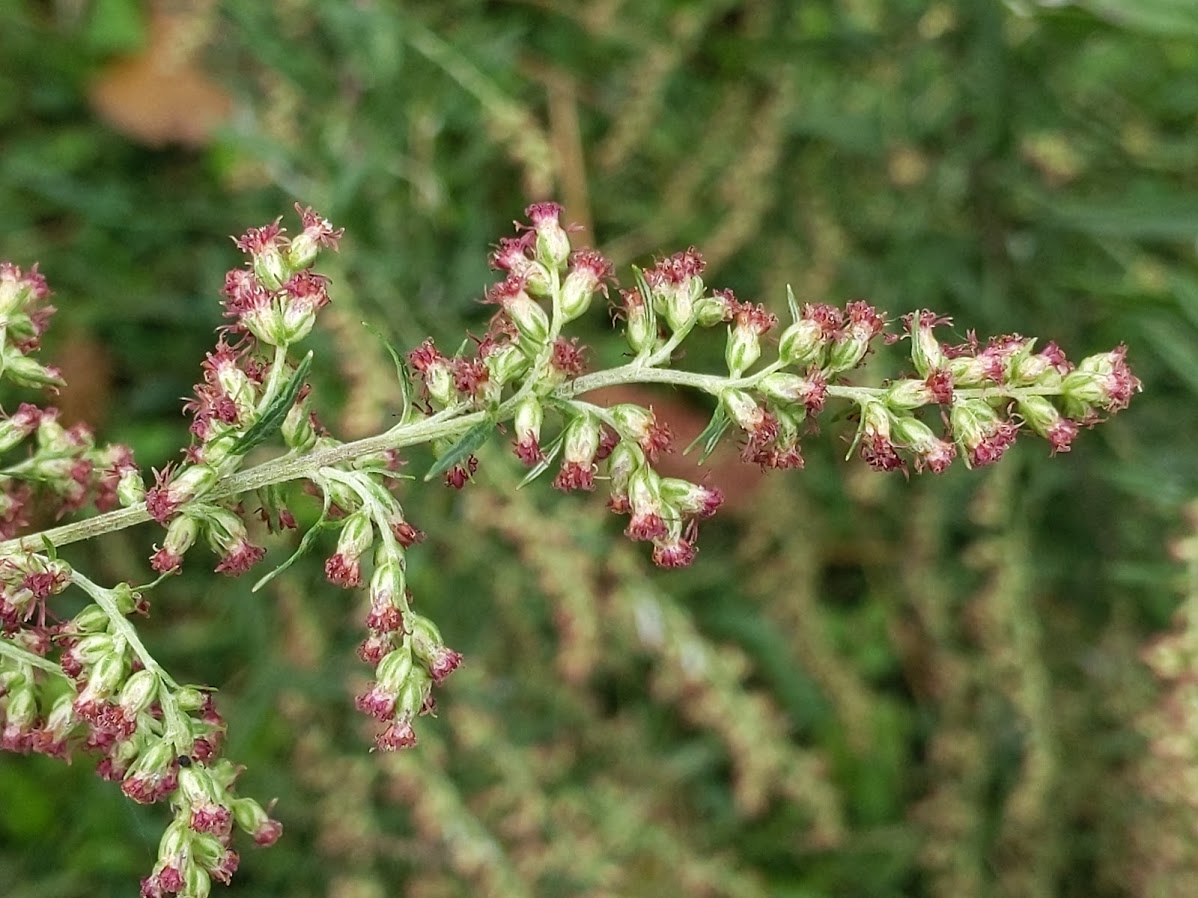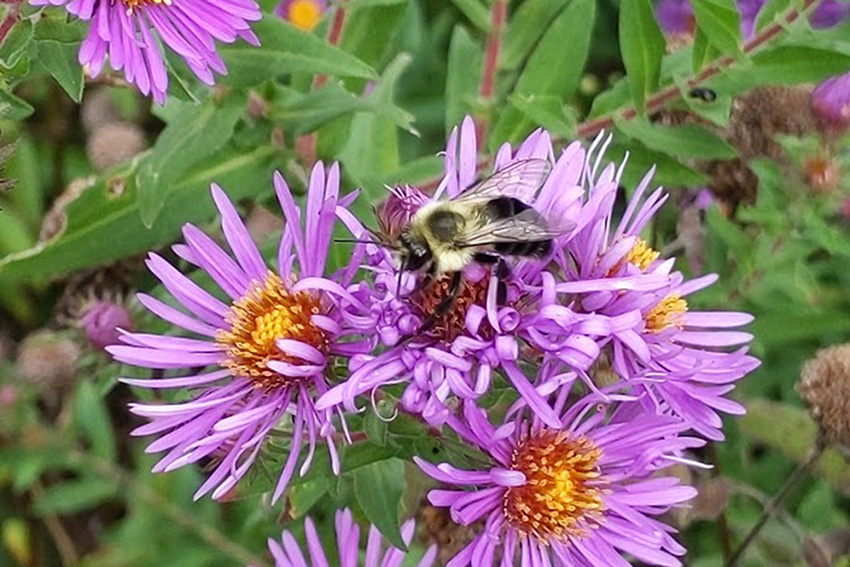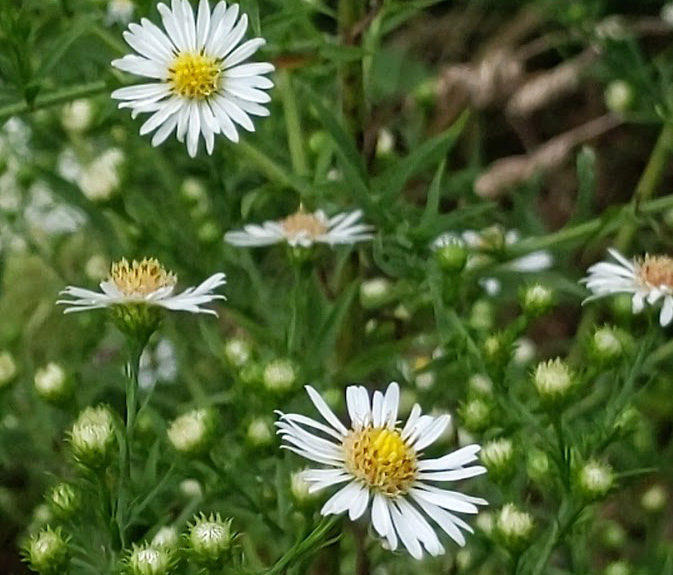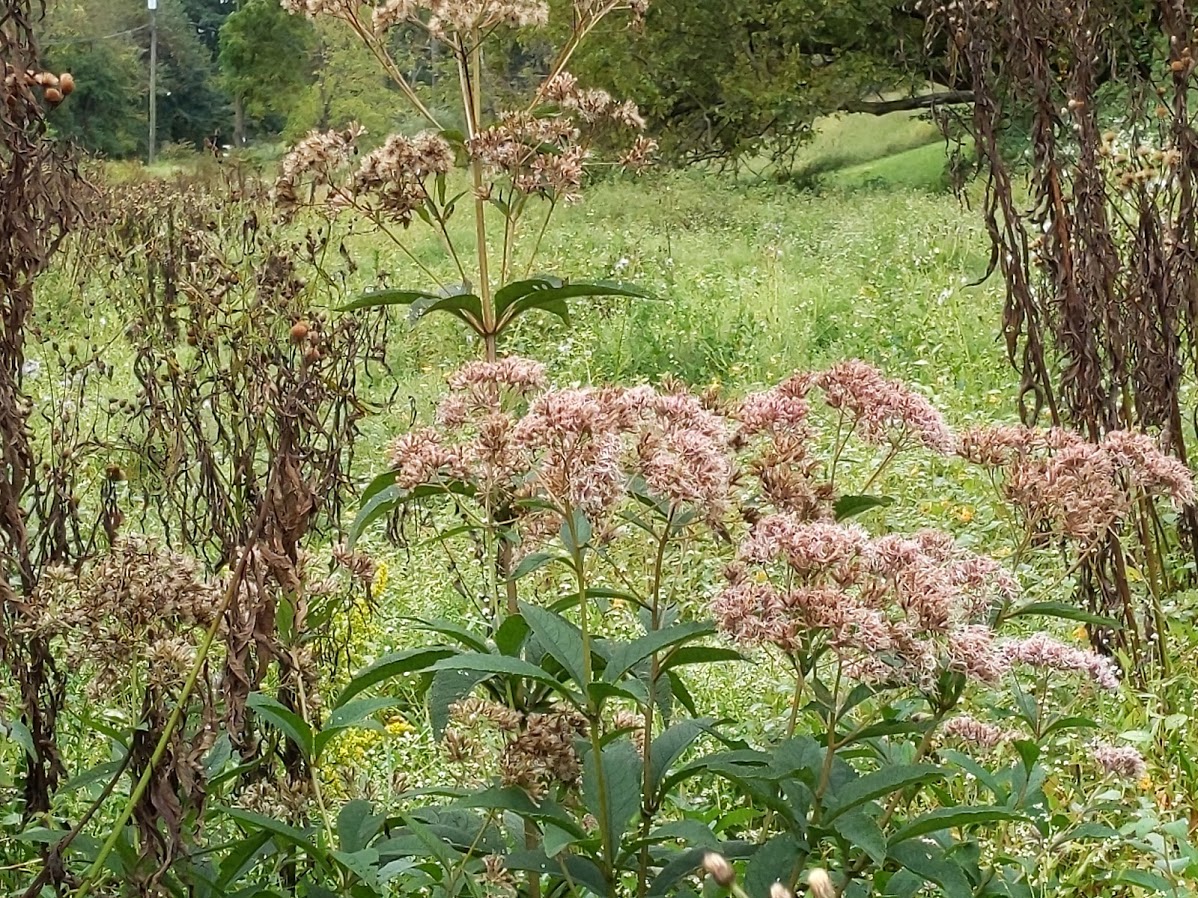No. 39. Goldenrod vs. Ragweed, What Nature Can Tell Us
Brightly-colored flowers have a function in nature. To attract pollinating animals to savor their nectar and fertilize other plants of the species with the life-giving pollen they collect in the process. This is basic birds and bees stuff. But not all plants depend on this symbiotic relationship. Some more plain-Jane plants depend on the movement of the air to spread their pollen. The pollen from these plants by polluting the air can cause misery for animals like us.
Ragweed is one of those plain-Jane plants that cause a great deal of misery to allergy suffers in late summer and early fall. It so happens that ragweed dispenses its noxious payload around the same time as Goldenrod blooms in its full glory and gets mistaken for the culprit. Naturally, since people see the Goldenrod they blame it for their suffering instead of the real culprit, which thanks to its nondescript nature hides in plain sight. And then there is Tearthumb (Persicaria perfoliata), an invasive weed, that grows colorful berries to encourage birds and small animals to facilitate its mile-a-minute spread.
Native species like Goldenrod, Purple Asters, Ironweed (withered and pictured standing next to Joe Pie above), Jewel Weed, Boneset, meadow grasses are all beneficial pollinator-friendly plants that are also fairly aggressive in re-conquering territory if left mostly to their own devices without constant mowing or spraying. Some invasives, like Tearthumb or multifloral rose, require active measures like herbicides or removal by the roots.

